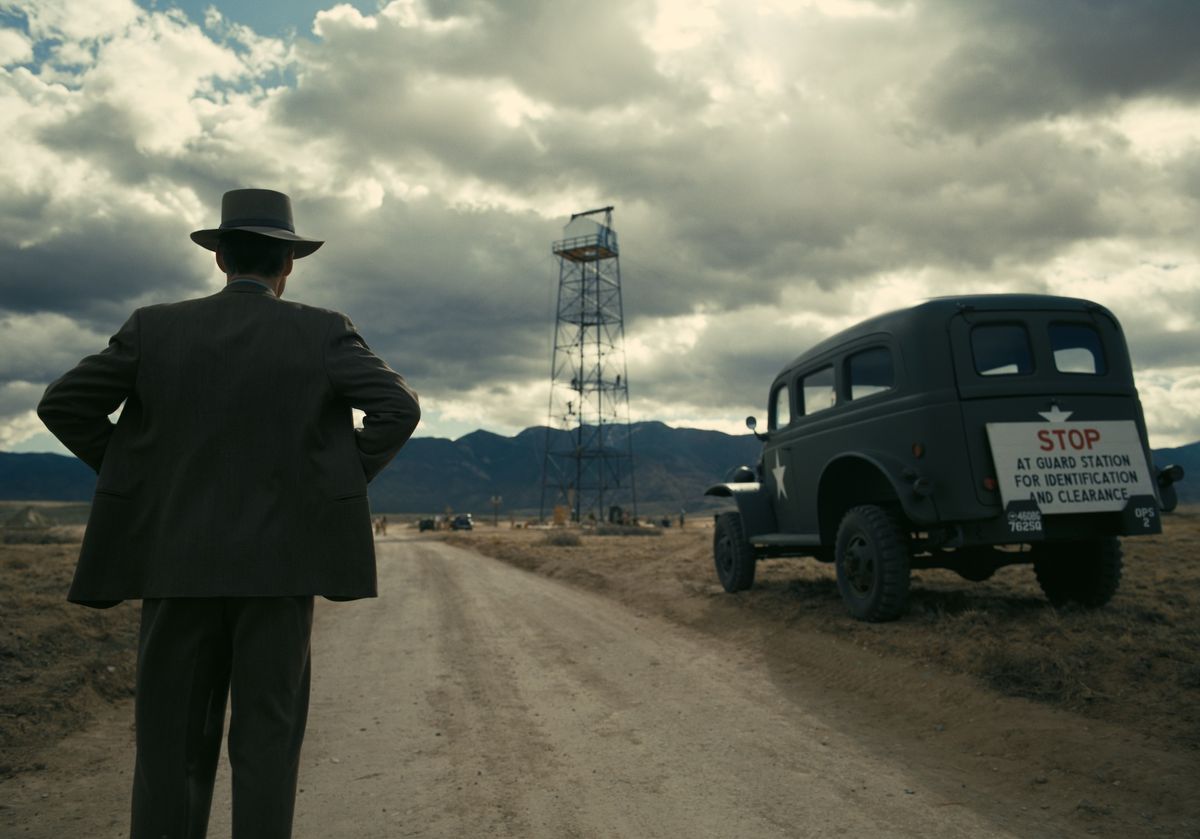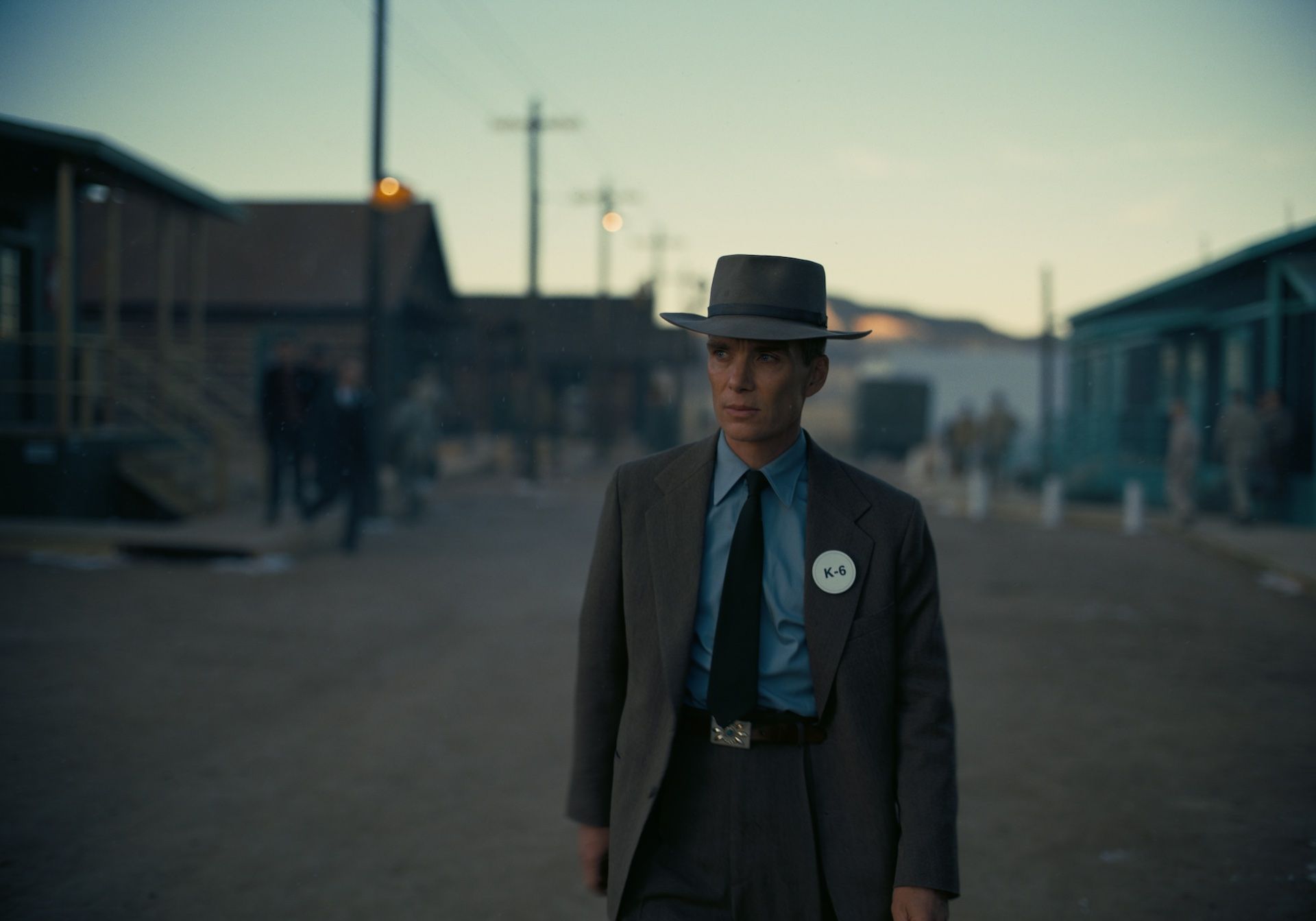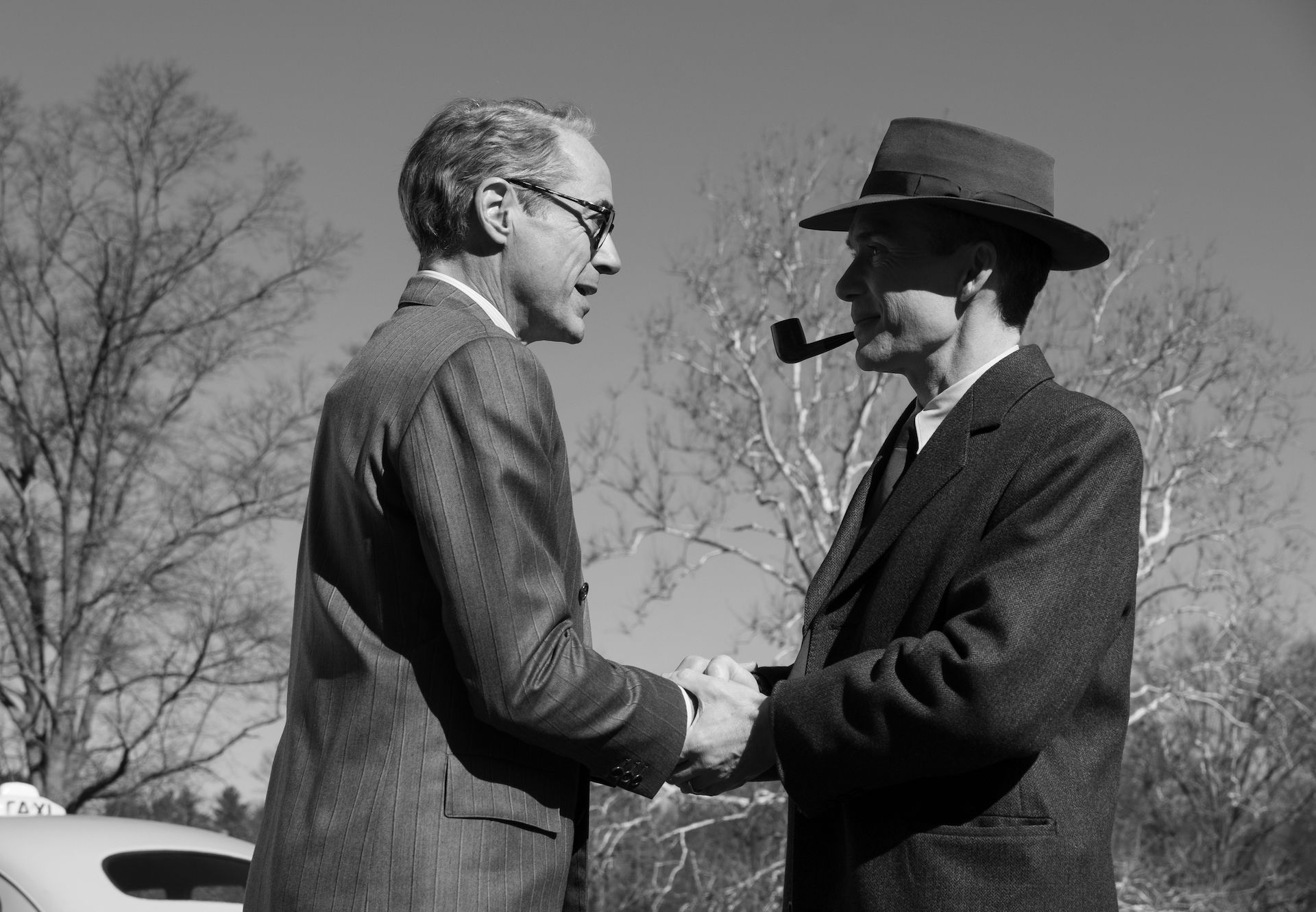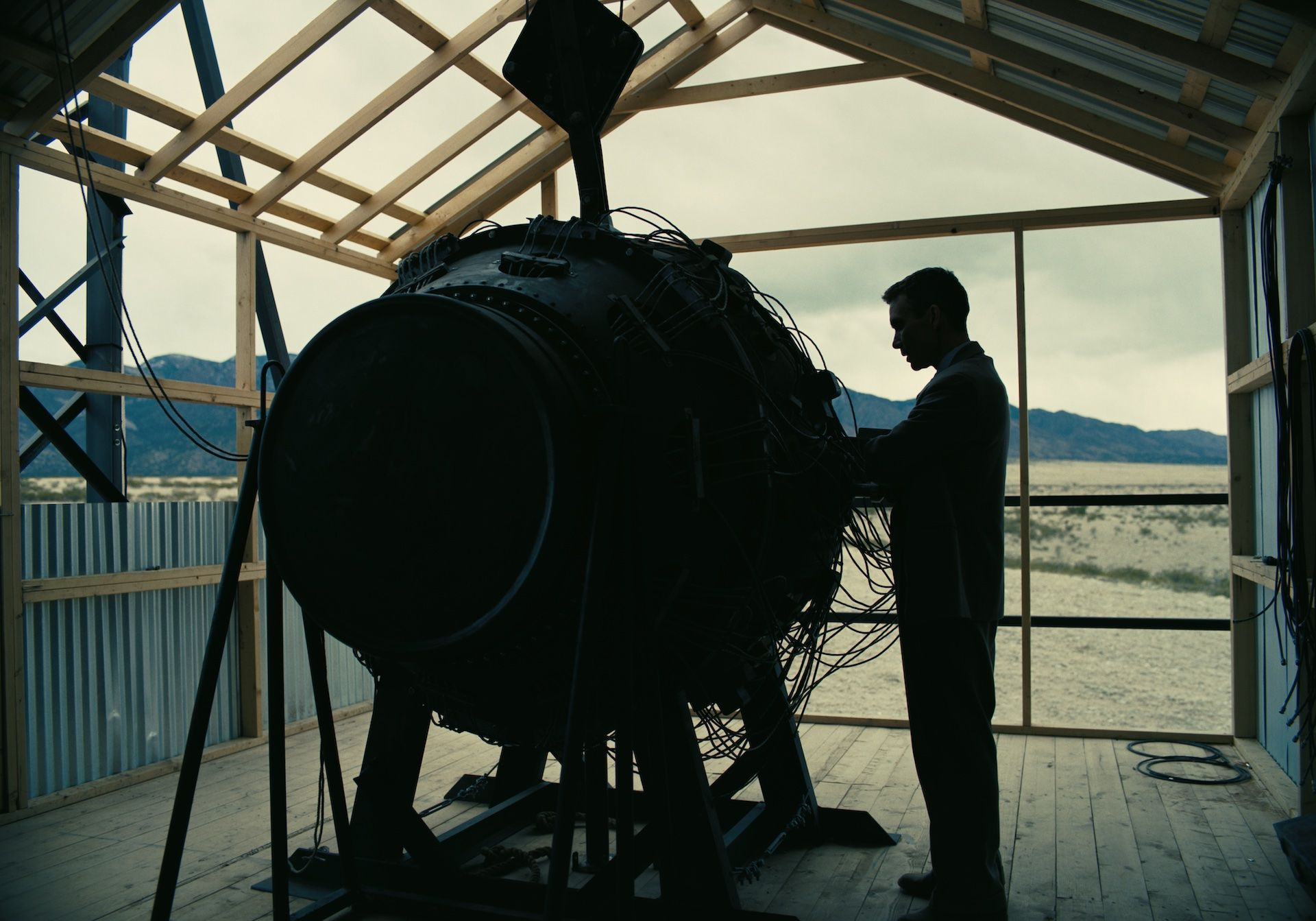Seeing the 70mm IMAX film print of Oppenheimer — worth it?
My experience viewing the 70mm IMAX film print of Oppenheimer

There are multiple versions of Christopher Nolan's new Oppenheimer biopic currently screening in theaters. There's the standard, widescreen digital release, a 35mm film print, a 70mm IMAX digital release, and a 70mm IMAX film print, the latter of which is the closest representation of Nolan's directorial intent because it is projected on the largest possible screen at the highest possible resolution (equivalent to 18k) and is displayed using projectors loaded with gigantic, 600 pound spools of film.
The 70mm IMAX film print is also the rarest, screening in only nineteen IMAX theaters in the United States. Fortunately for me, one of those theaters was close enough to snag a ticket.
How would I describe seeing the 70mm IMAX film print of Oppenheimer? Well, if you've ever looked through ground glass on a medium or large format camera when doing photography, imagine viewing that image at the scale of a small building.

Scenes shot in the 1.43:1 IMAX film format are astoundingly beautiful. This is especially true for outdoor scenes at Los Alamos, with the aperture at or near wide open (example above). Depth of field is soft and beautiful. Subjects are tack sharp and feel alarmingly three dimensional. Colors are rich, and the blacks feel black. There is depth, presence, and barely any grain or noise. When used for wide, landscape shots, you can feel the weight and breadth of the flat desert plains of southern New Mexico. Nolan even gets the camera up in helicopter for a few jaw-dropping aerial shots.
But seeing Oppenheimer in this format is not without its frustrations. The 70mm IMAX version contains numerous film formats and aspect ratios, so one minute you're looking at a blisteringly-high resolution 1.43:1 image that fills the entire screen floor to ceiling, then another in the 2.20:1 widescreen aspect ratio with black letterbox bars. Sometimes this change happens within seconds, as if Nolan couldn't let a single frame of 70mm IMAX film hit the cutting room floor.
The film also frequently changes between color and black and white, with the latter using two film stocks. One an ultra-clean, gorgeous large format film newly engineered by Kodak (example image below), the other a grainy, widescreen film stock that has a crunchy, contrasty look reminiscent of Kodak T-Max photography film. On a huge IMAX screen, the grain is distractingly noticeable in the latter.

Thankfully, there is visual consistency with the color images thanks to a consistent color grade. The look is hallmark Kodak 2383 print film, with beautiful butter-yellow highlights and dark blue/cyan shadows, as seen in the 70mm IMAX image below.

And then there are the textures and imperfections caused by projecting tangible film, including little bits of hair, dirt, grit, plus the occasional mechanical jitter from the projector. Speaking as someone old enough to remember when all films in the theater had these subtle glitches, I couldn't help but smile every time one appeared (which was rare). The experience reminded me I was watching a film, not an ultra-large, perfectly clean TV.
I wish the entire film could have been shot using 70mm IMAX cameras and film, but apparently that wasn't feasible due to the size and weight of IMAX cameras, film capacity, how much noise the cameras make when recording, not to mention the film's three hour runtime. But Nolan did use the cameras in scenes where it mattered most. I need to see more 1.43:1 70mm IIMAX films, for Oppenheimer was the closest experience to photography I've ever had in a theater.
All told, for photographers and videographers who care about cinematography, the IMAX 70mm film print of Oppenheimer is an unforgettable experience. Easily worth the high ticket price ($25 at my theater) and frustration seeing the aspect ratio and resolution continually change. The normal, digital version is cropped and lower resolution, but there wouldn't be any distracting format changes pulling you out of the story (which is excellent, by the way).
Oppenheimer's 70mm IMAX run was supposed to close at the end of this week, but has now been extended through the end of the August due to popular demand (and strong ticket sales, I'm sure). But if that doesn't work out, IMAX claims they will be storing the massive film prints for special screenings down the road.
All images Universal Pictures, obtained here.



